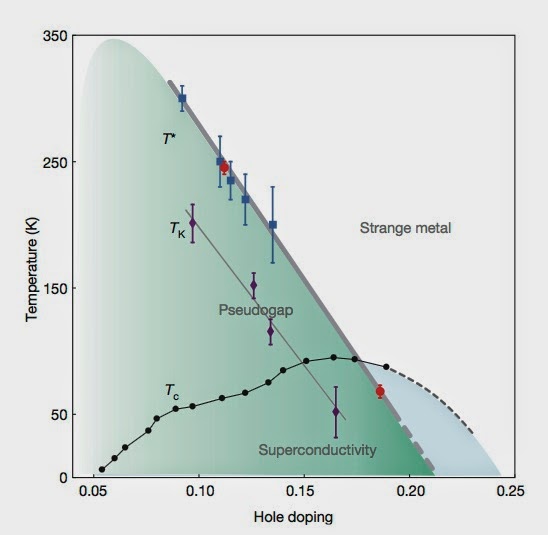Occasionally I have conversations with young faculty starting out which often move to how stressful and frustrating their jobs are. I find it pretty disturbing how the system is drifting and some of the pressures put on young faculty.
So here is my advice to tenure-track faculty aimed to help preserve their sanity and to survive.
The post is not directed towards non-tenure-track people [adjunct faculty, research assistant professors, fixed-term lectureships....]. Their case is a whole different can of worms. Although, some of the advice below is still relevant. But an underlying assumption is that your institution wants to keep you and so
provided that you publish some papers, don't completely mess up your teaching, have some grad students, and get some funding then you will get probably tenure. So how do you stay sane?
1.
Tune out the noise.
You will hear countless voices shouting and whispering from inside and outside the university about a host of issues that can
easily distract you and/or demoralise you: government cutbacks, off-shore campuses, institutional reform, impact factors, public outreach, MOOC's, metrics, money, teaching innovations, restructuring, rankings.....
In particular, I think reading things like The Chronicle of Higher Education, The Times Higher Education Supplement, The Australian Higher Education Section, and listening to upper management is generally a mistake. Mostly what you will hear will concern
the latest crisis or fad that will be forgotten in a few years. Furthermore, most of these factors are beyond your control or not directly relevant. Just focus on publishing a few papers and getting your teaching done. And, enjoying yourself...
2.
Under prepare for teaching.
Don't be a perfectionist. The first time you teach a course there will be loose ends. In particular, avoid time consuming things like revamping a course, fancy power point presentations, teaching innovations, and complicated assessment. Save these for the third or fourth time you teach a course.
3.
Don't take on every prospective Ph.D student.
The pressure to take on new students can be great. But mediocre students can consume large amounts of your time, not produce anything, and may not even graduate. That will probably be held against you, not against the student. A number of older faculty have told me that one of their regrets is that when starting out they were not discerning enough.
4.
Don't take every opportunity to apply for funding.
This is not what many above you will tell you. That is because the more people applying the greater the institutions chance of getting funding.
But, writing grants, particularly for a novice, takes
a lot of time. Most grants take about as long as writing a whole paper. Furthermore, success rates are very low. Sometimes it is better to take a pass and instead spend the time actually doing research and writing papers, that will improve your track record, and increase your chances next time you apply.
5.
Make sure you have a senior advocate in your department.
You need at least one senior faculty member who knows what you are doing, likes you, and will "go in to bat" for you. Keep in regular touch.
Hopefully, she/he is not an "operator" or polarising personality, because then you may become a pawn in some grander scheme.
6.
Get objective advice from outside your department and perhaps outside your institution.
Hopefully, the advice you get is not coloured by vested interests or the peculiar local slant on things, e.g., your chances of getting a particular grant or moving into a particular research area.
But, it may be. An outside perspective can balance things.
7.
Don't compare yourself to your peers.
8.
Don't take negative feedback from students personally.
It may say more about them than you.
I welcome comments from tenure-track faculty as to whether this is relevant and helpful. It would also be good to hear from older faculty who survived. What would they do differently or the same?















